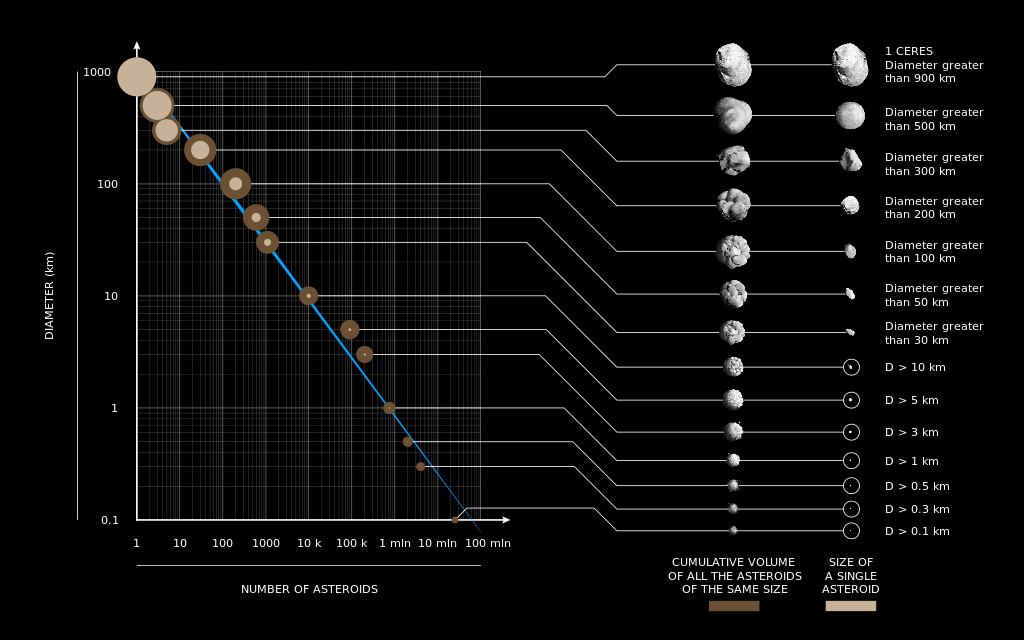Shouldn't captured moons have the same size distribution as asteroids? And asteroids are more common the smaller size they are. Moons are likely captured if they are in highly inclined orbits, and those moons should've originated as asteroids or Kuiper Belt objects. But there are only two moons, out of 194 known, smaller than 500 meters in radius. Aegaeon and S/2009 S1 both of Saturn. Although it is expected to exist over a million asteroids smaller than that. And all of Pluto's moons were large enough to be found before New Horizons arrived (sorry Alan Stern, no moon for you!)
Is this purely an observational bias?
Is it expected that the planets are surrounded by a myriad of moons too small to have been detected yet, from hundreds of meters down to dust grains?
Do they all somehow gather into planar rings below a certain size? (I think the main line is that a ring system forms as a result of a single collision or tidal crunching event).
Or what mechanism makes them lack small to tiny moons and dust?
How would this asteroid size frequency plot compare to a moon size frequency plot?
